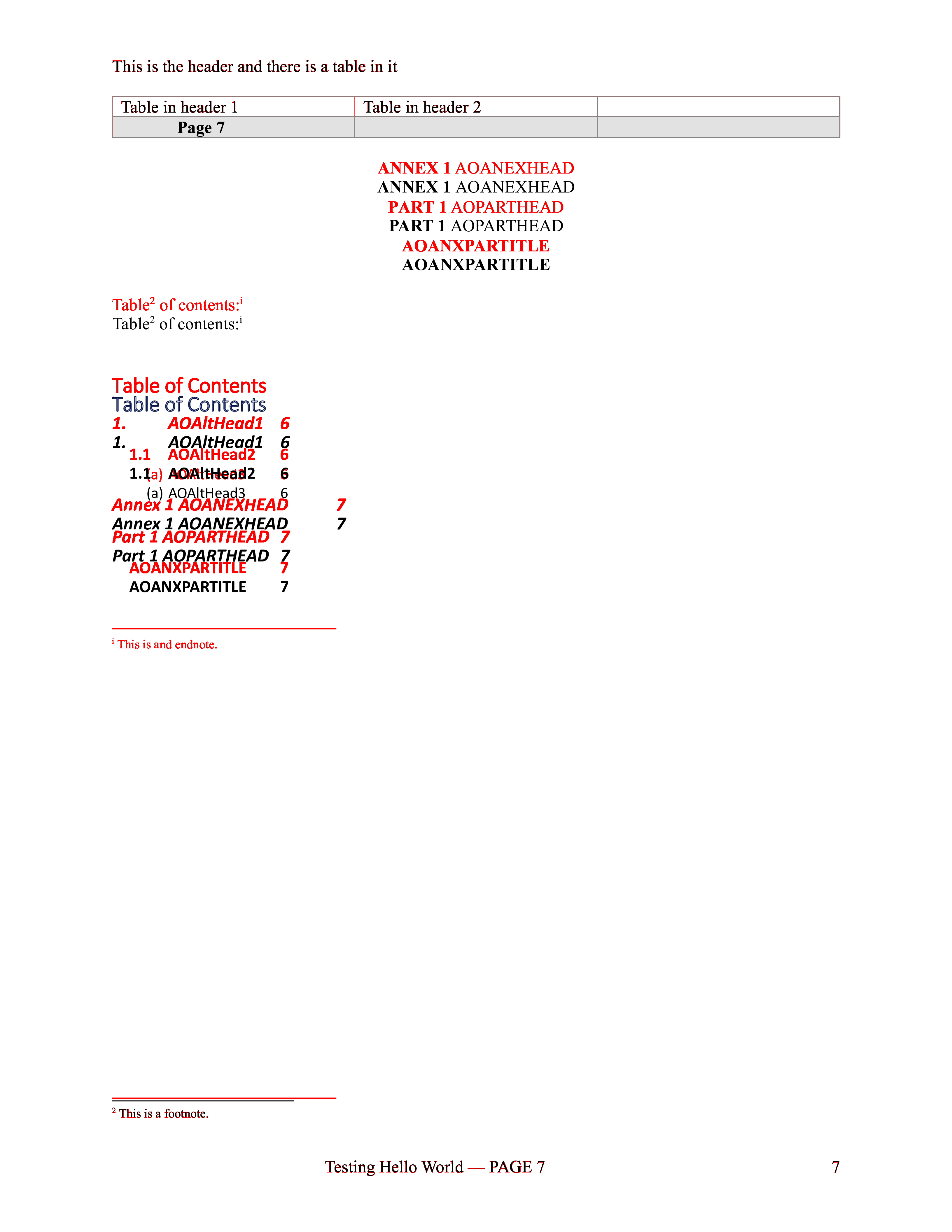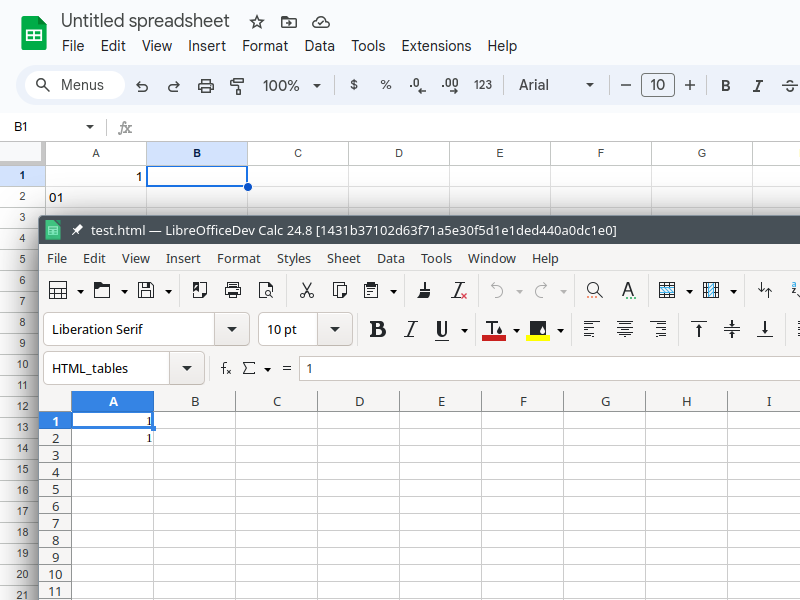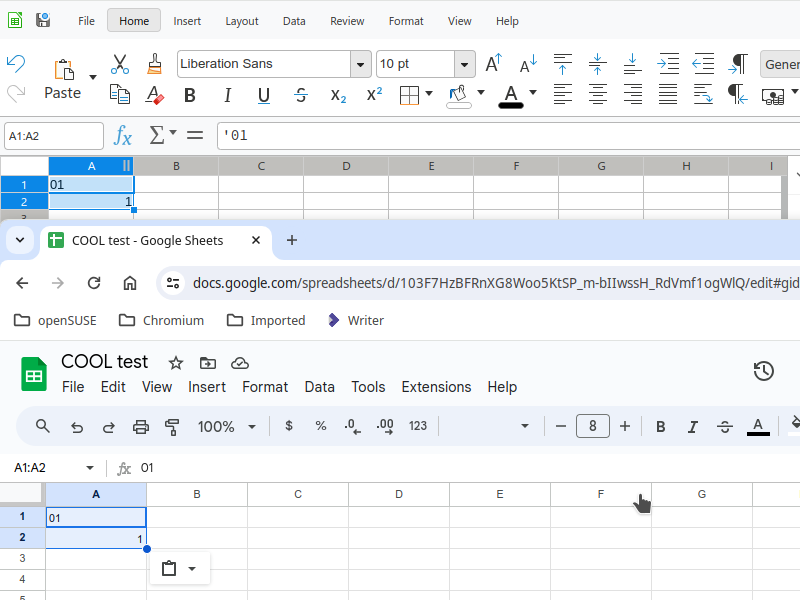Estimated read time: 2 minutes
Writer has the concept of paragraph margins and page margins, but what happens when you combine the two? It turns out the expectation is that sometimes the top paragraph margin is ignored in this case. We'll see two cases where the behavior of Writer is now improved to better match Word in this regard.
This work is primarily for Collabora Online, but the feature is available in desktop Writer as well.
Motivation¶
As described in a previous bugreport, there was a first problem where Word ignored the top paragraph margin of a document, but Writer did not. A recent bugreport then pointed out that the first implementation went too far and now a wanted top margin was ignored. This lead to a set of conditions which now does a decent emulation of Word's rules in this regard.
Results so far¶
Here is the old Writer render result for a document where the top margin should be ignored:
And here is the new Writer render result for a document where the top margin is ignored:
Finally, the reference render result, showing the ignored top paragraph margin:
As you can see, now the unwanted top paragraph margin is omitted at page top.
How is this implemented?¶
If you would like to know a bit more about how this works, continue reading... :-)
As usual, the high-level problem was addressed by a series of small changes:
- tdf#160952 sw: ignore top margin of para on non-first pages with newer DOCX
- tdf#164095 sw: fix missing top margin on paragraph after changing page style
Want to start using this?¶
You can get a development edition of Collabora Online 24.04 and try it out yourself right now: try the development edition. Collabora intends to continue supporting and contributing to LibreOffice, the code is merged so we expect all of this work will be available in TDF's next release too (25.2).





































